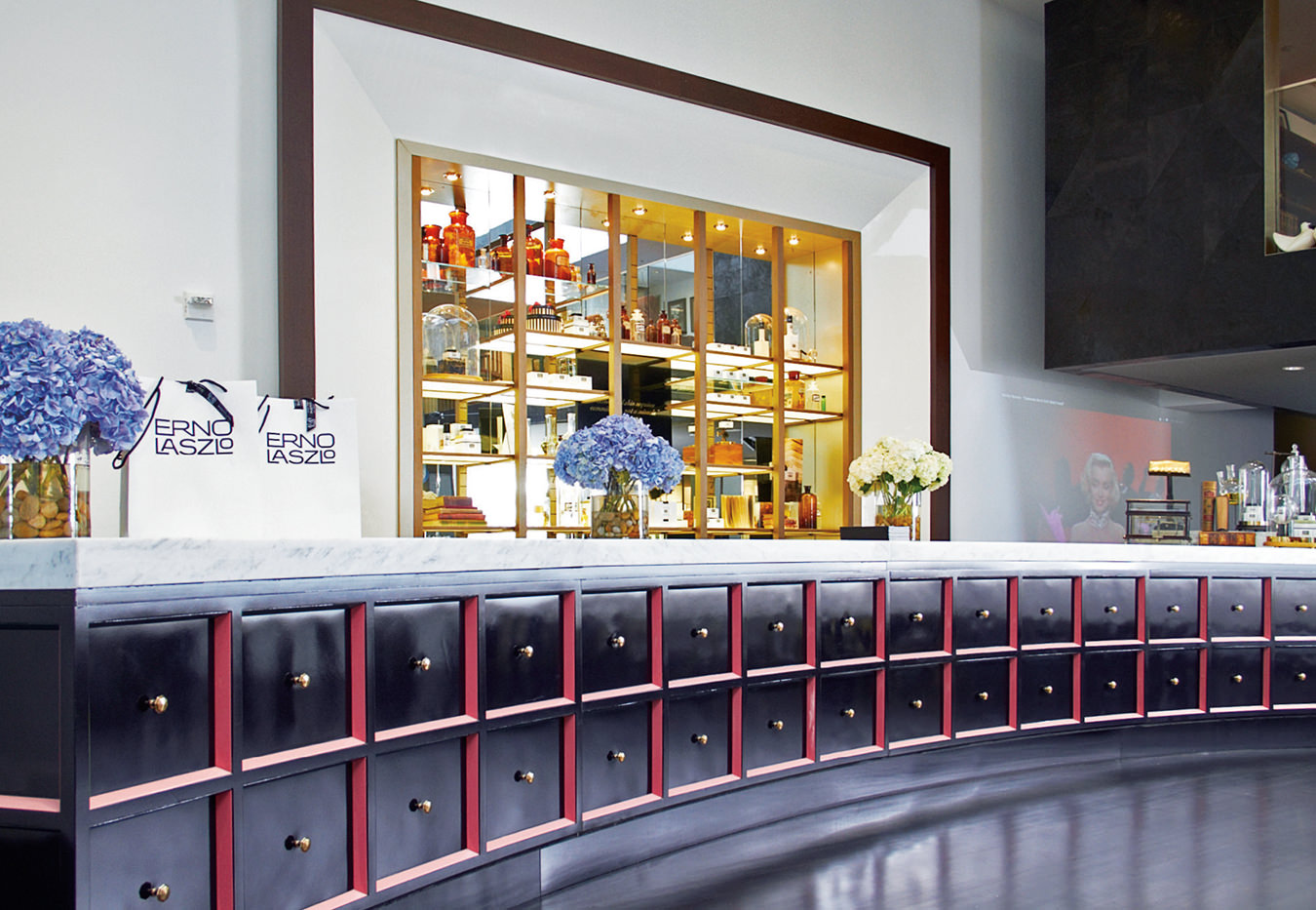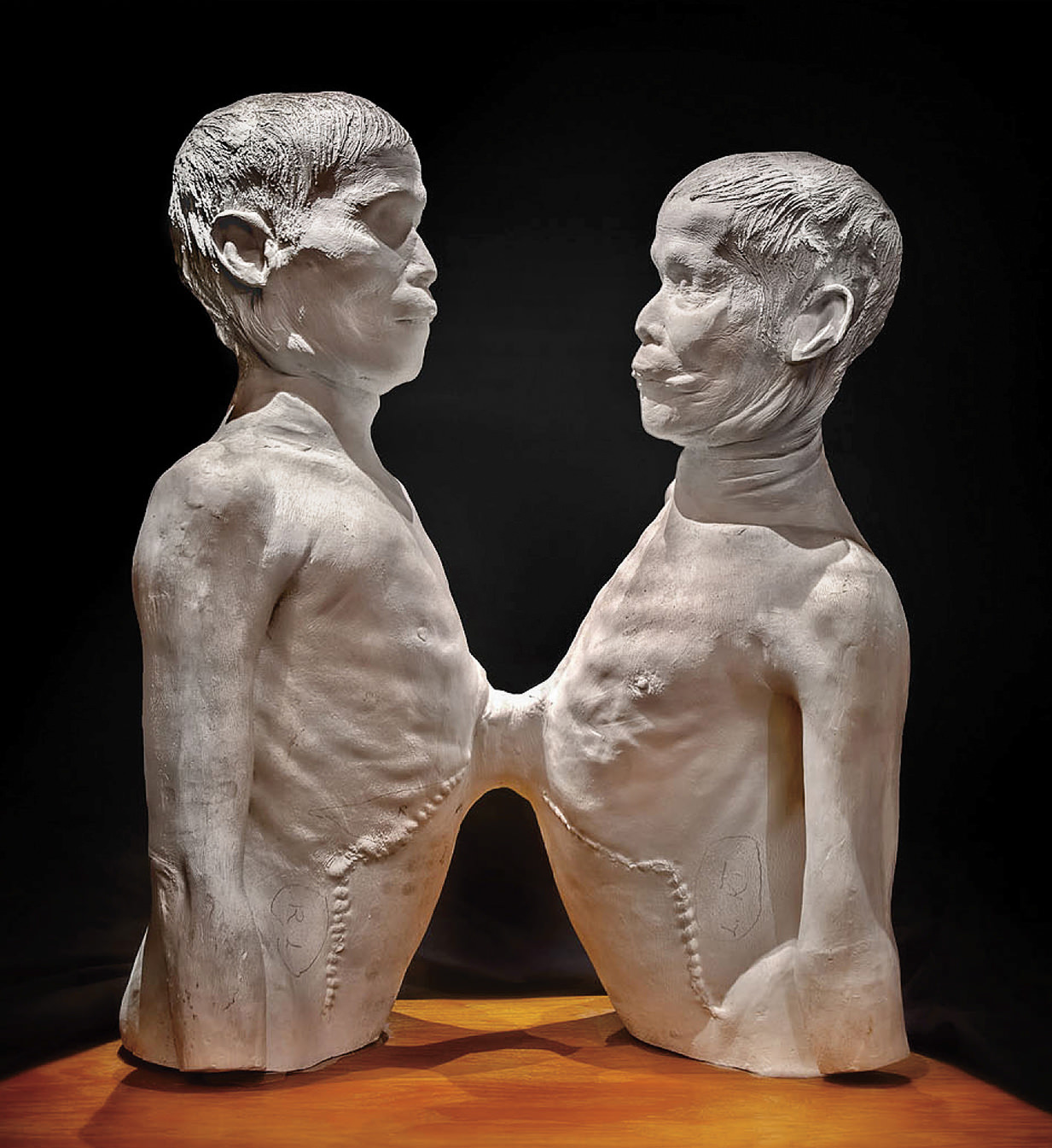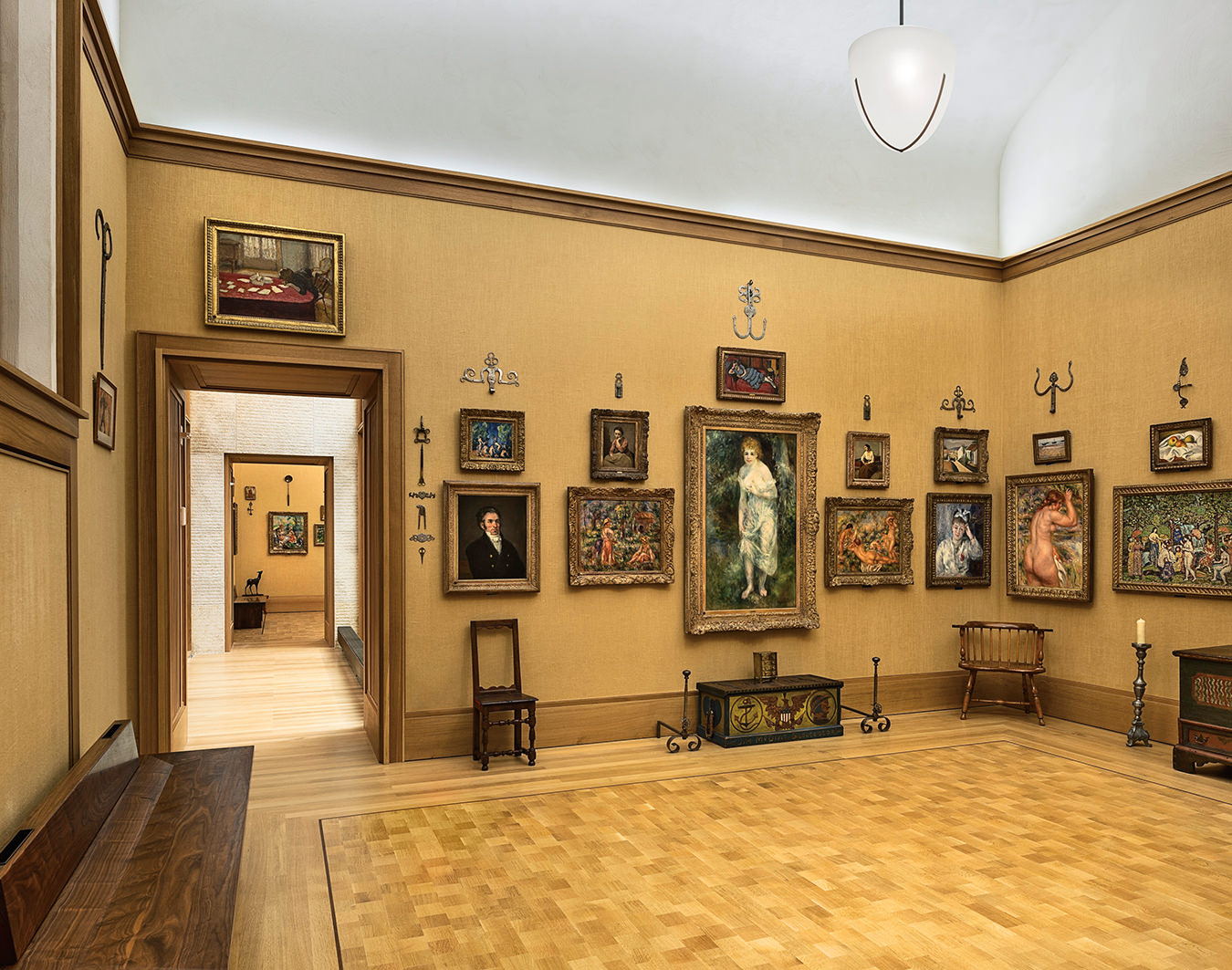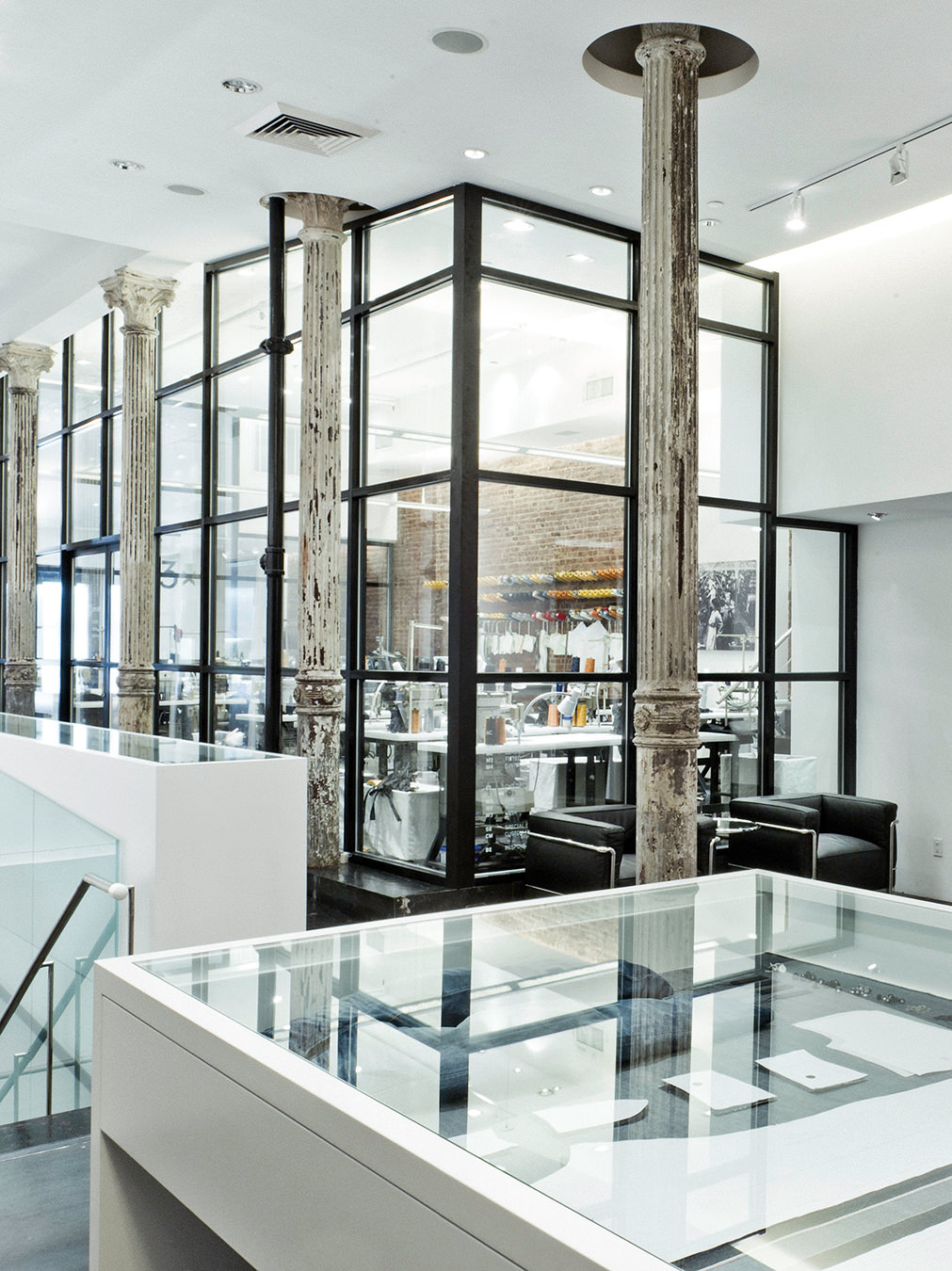-

The new Whitney, designed by Renzo Piano, has three times the space of its former building. Photo ©Nic Lehoux.
-

The galley includes copious amounts of indoor and outdoor exhibition space. Photo ©Nic Lehoux.
-
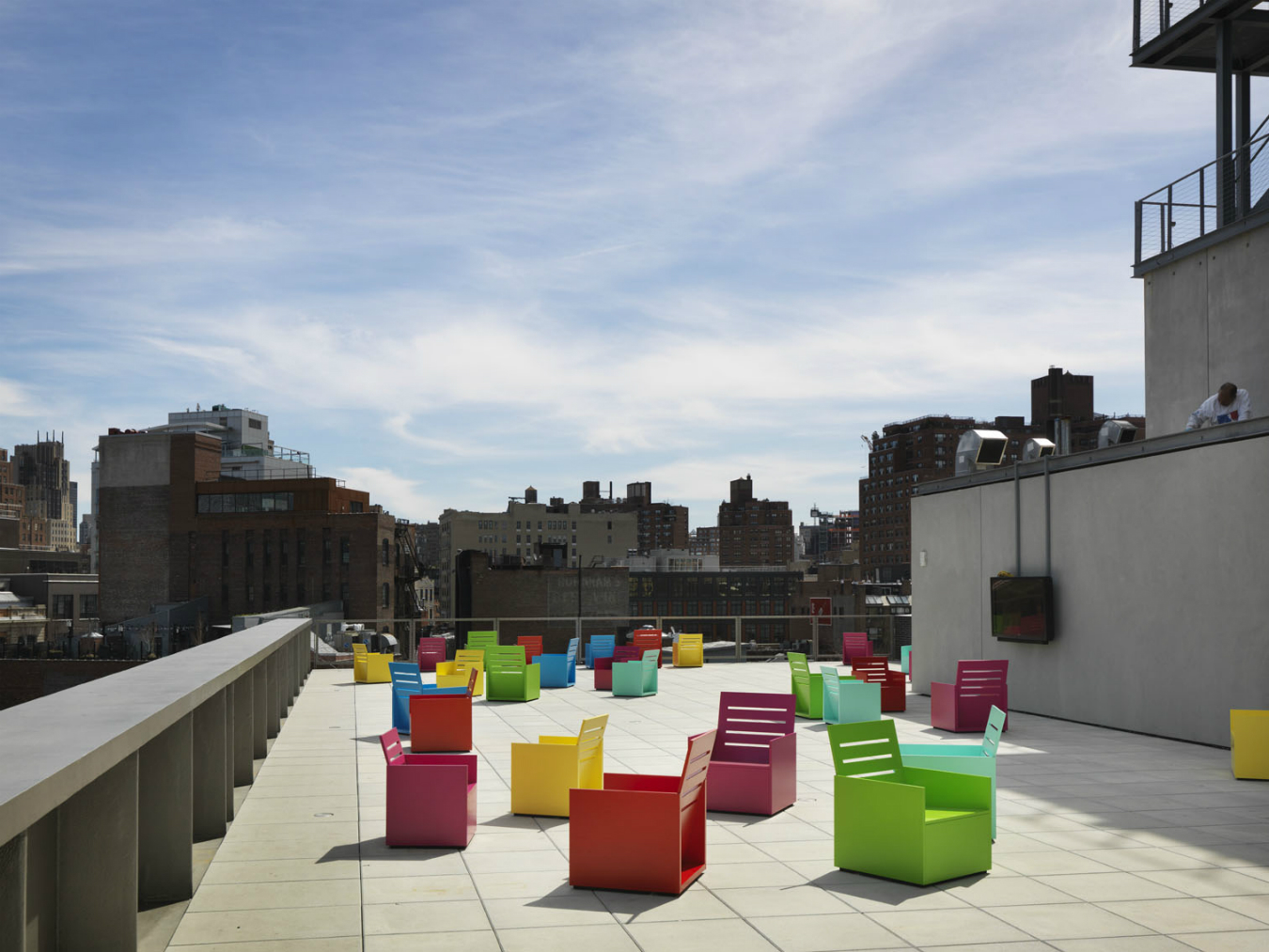
Mary Heilmann’s Sunset is installed on the fifth-floor patio. Photo by Marco Anelli.
-

The gallery engages directly with the bustling community of artists, educators, entrepreneurs, and residents of the Meatpacking District. Photo ©Nic Lehoux.
-
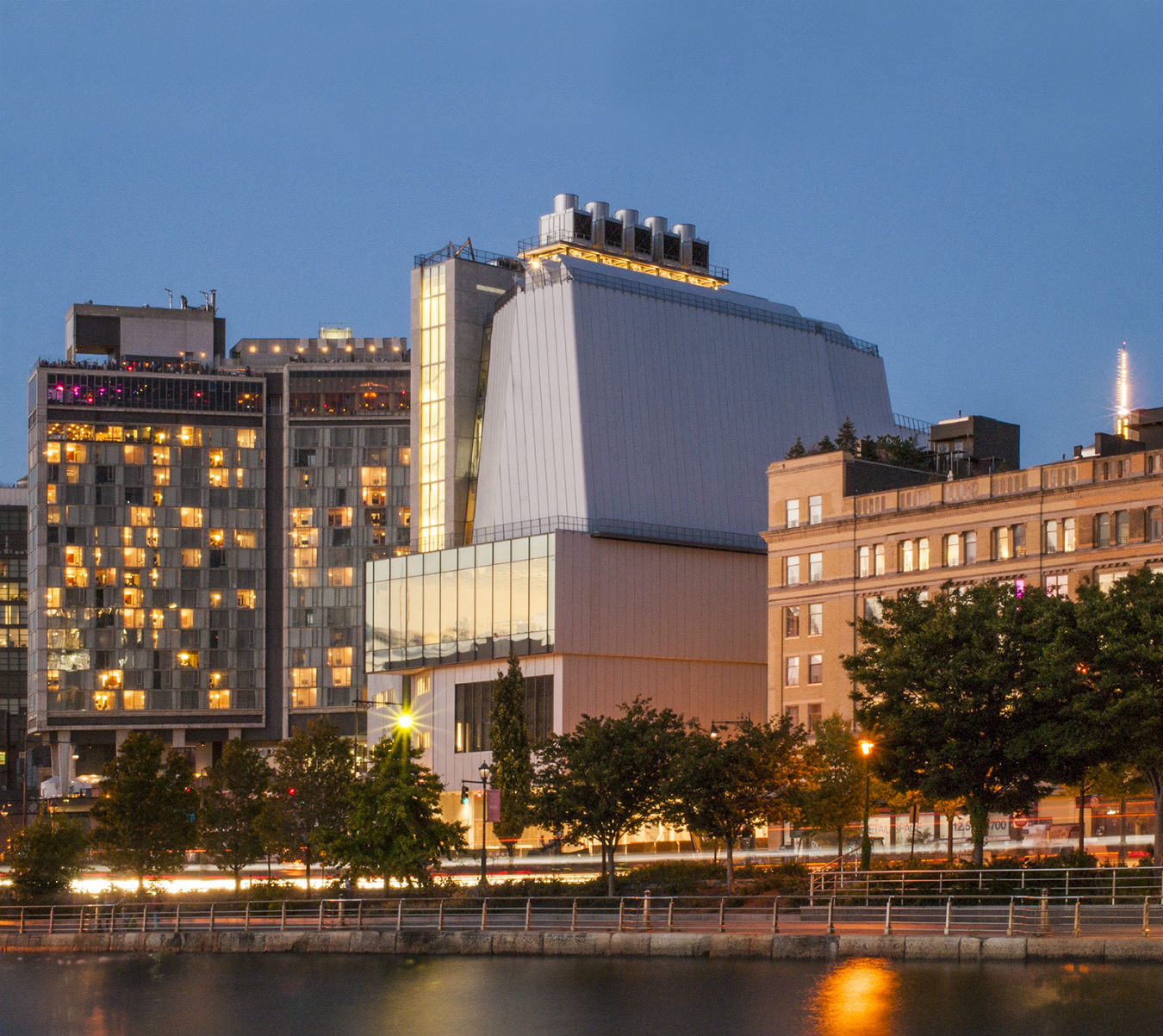
The gallery’s asymmetrical lines become prominent when viewed from the Hudson River. Photo by Karin Jobst.
The New Whitney Museum of American Art
Anything but formulaic.
Blending its sharp glassy angles into the Meatpacking District, the new Whitney Museum of American Art has shed its reputation among locals as the big grey box on the Upper East Side and put $422-million (U.S.) into a new building that appears to extend the look of the High Line out toward the Hudson River. If the long lines of European tourists outside the entrance are any indication, the upgrade was worth every cent.
Designed by Renzo Piano, with three times the space of its former edifice and a lot more glass, the Whitney’s new gallery space feels lighter, especially from its top four floors—each of which showcases a wide outdoor patio with sweeping views of the city. These open spaces act as palette cleansers between exhibits of diverse contemporary American art while simultaneously providing private escapes for young boys accompanying their parents to Snapchat the photos they just took of the many nude portraits on the walls. Both purposes are much appreciated.
Thanks to the new space—the museum is now renting its former complex on the Upper East Side to the Metropolitan Museum of Art—the Whitney is also able to offer live performance art for the first time in a theatre setting on the third floor. This is where five performers shared the stage recently to reproduce Crises, a dance originally performed in 1960 to the rolling patterns of Conlon Nancarrow’s avant-garde technical pieces rerecorded using a refurbished player piano from the 1920s. The process took several weeks to complete but the sounds reverberated through the theatre for only four shows. “It was ridiculous in terms of disseminating your work,” says exhibit co-curator Dominic Murcott on the process of creating a scroll to feed the player piano. But the exhaustive creative process and novelty of hearing the music live is what perks the ears of the museum’s patrons as he tells them “after this week is finished, I don’t know when it will happen again.”
The idea of choreographing a dance to music made on a device designed specifically to avoid working with humans is a paradox. Murcott explains that Nancarrow chose to work with an automated player piano instead of composing for musicians because he found that humans were too restrictive. And yet, “Nancarrow is almost as well known among dancers as he is amongst musicians and composers,” says Murcott.
“[His] work is full of patterns… These patterns transfer to graphic imagery and also to patterns in movement. So I think choreographers are attracted to this pattern-based idea.” Murcott points to a scroll of player piano music pinned to the wall of the theater as he says this. It’s punched with thousands of lines and dotted patterns of perfect holes.
This punched score was written for a player piano modified with metal tacks that Nancarrow had embedded into the hammers to create sharp individual notes. The latter is what creates sounds reminiscent of a flamenco guitar in Nancarrow’s Study #12 but Murcott is quick to explain that “Nancarrow was not a sentimental person. It would be wrong of us to romanticize any of this… If we feel any romanticism towards it, it’s ours, not the composer’s.” Nancarrow wrote his scores like mathematical formulas and tested them without performers, avoiding personal contact. The result of this is music that creates feeling in an audience that they can claim as their own.
It is perhaps this interpretive state that also attracts choreographers to Nancarrow’s work in the same way tourists are drawn to the museum. Whatever the form, each piece of art housed at the Whitney acts as a blank canvas on which onlookers project their own emotions. While passing through its wide spaces and climbing the various grey staircases, wide-ranging statements and questions from “I love art” to “Did Rauschenberg design the costumes to romanticize the relationships between the dancers through colour?” are heard. They reinforce the ideas that art is for everyone and everything is open to interpretation.
With this in mind, visitors can exit to the fifth floor patio where Mary Heilmann’s Sunset installation sits and debate whether the art is the scattered assortment of colourful chairs or the view of the city from those chairs, and whether a view can be art if it’s live and not captured by a photo or recording of time.
The new Whitney extends conversations about art and architecture as the museum always has since opening its first location in the West Village, but now it also extends city culture past the High Line.

